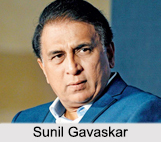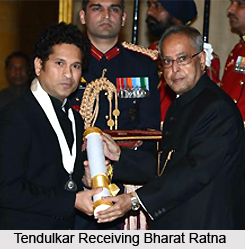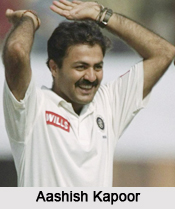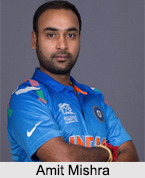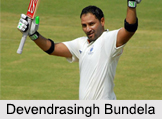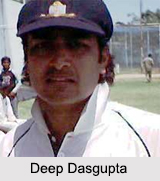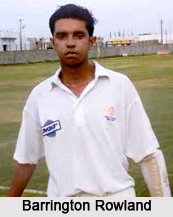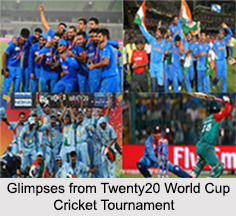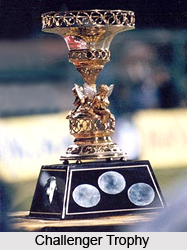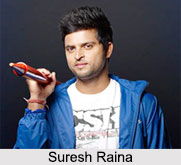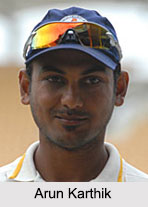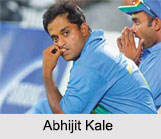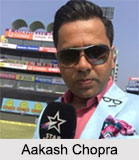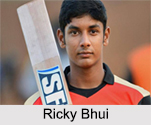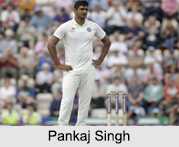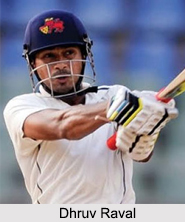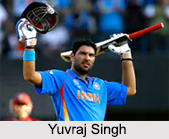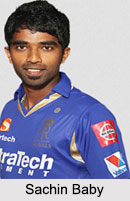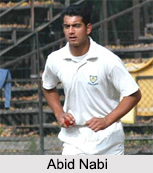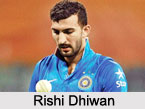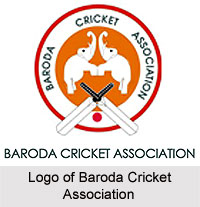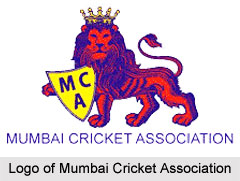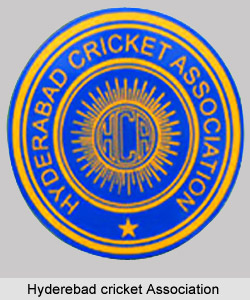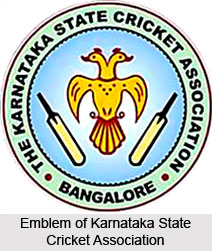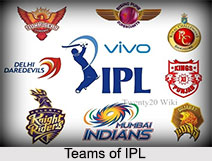The game of cricket has been the most popular among all kinds of sports in India, for the past several years. The Indians eat cricket, sleep cricket, dream cricket and live cricket.
The popularity of the game is so huge that it is often compared to religion in India, as well. Hence, the impact of cricket on the Indian society is quite big and the Indian cricket enthusiasts smile, cry, becomes angry, breaks up in sorrow, with every achievements or failures of the Indian cricket team.
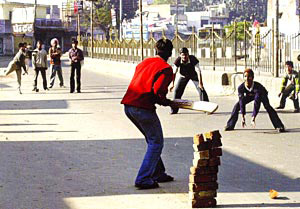 There is no dearth of such children in India, who are very much aware of the nitty-gritty of cricket and most of the children in India pass their free time playing cricket, together with their friends. These children grow up together with the game of cricket and as a result, they never leave the game, even at times of great sorrow or after disastrous performances of their team.
There is no dearth of such children in India, who are very much aware of the nitty-gritty of cricket and most of the children in India pass their free time playing cricket, together with their friends. These children grow up together with the game of cricket and as a result, they never leave the game, even at times of great sorrow or after disastrous performances of their team.
The adults in India are also very fond of the game of cricket and they too are very much concerned by the ups and downs of the Indian national cricket team, time to time. They jump in rejoice when their team wins the crucial matches like the Prudential Cup (World Cup), 1983,and they also sometimes become violent in anger when the team faces any failure like the first round departure from the World Cup, 2006..
The Indian people`s love for cricket has always been a powerful force in the country`s social transformation. The way that the Indian people think about the cricketers or the game of cricket has also seen a huge change, with the changing cricket scenario. There was a time when cricket used to be thought as a game of the aristocrats or the sophisticated and elite people and the people like the maharajas, or the nawabs used to represent India in the international arena. Then came a phase when only the players from the big cities started to get more importance than the others from the small towns until the players like Kapil Dev, become successful in the international arena, in spite of coming from a small city.
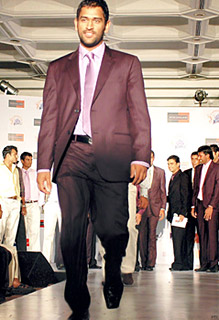 However, the present trend of the Indian cricket is that the cricketers from the small cities and towns are almost ruling the national cricket scenario at the moment. The players like MS Dhoni, Irfan Pathan, Mohammad Kaif, Harbhajan Singh, Rohit Sharma or Yousuf Pathan have come from the small cities, yet they have become successful to claim the important spots in the national team. The huge amount of money that have recently came to the game of cricket, has also played a big role in changing the economic and social status of the Indian cricket players. The cricketers are in fact enjoying a celebrity status in India at the moment, as they are often being invited in the important social events or even in the fashion events for walking on the ramp. The Indian people now can easily think of considering cricket as their livelihood, a thought that was unbelievable even only 10 years back.
However, the present trend of the Indian cricket is that the cricketers from the small cities and towns are almost ruling the national cricket scenario at the moment. The players like MS Dhoni, Irfan Pathan, Mohammad Kaif, Harbhajan Singh, Rohit Sharma or Yousuf Pathan have come from the small cities, yet they have become successful to claim the important spots in the national team. The huge amount of money that have recently came to the game of cricket, has also played a big role in changing the economic and social status of the Indian cricket players. The cricketers are in fact enjoying a celebrity status in India at the moment, as they are often being invited in the important social events or even in the fashion events for walking on the ramp. The Indian people now can easily think of considering cricket as their livelihood, a thought that was unbelievable even only 10 years back.
Another huge impact of cricket on the Indian society has been that the game has played a very important role in the unity of the different parts of Indian and it has also become a binding spirit for the nation. The game of cricket has been expression for the speechless and the voiceless; it has been the opium and adrenaline, the valium and vitamin for the Indian people. Indian society has gained a lot from Indian cricket.
The entire nation becomes one entity when it comes to any important match of the national cricket team and the so-called conflict between the people of the Indian states also get vanished during the matches. When the players from different states play together for the national team, every Indian supports them anonymously, without being concerned whether the players are from their states or not. The game of cricket has also done a great job in decreasing the importance of religion or class or community in the field, as the Indians support every player always. All diversity, all disparity gets sweep away in every Indian heart by sheer non-denominational joy.
The impact of cricket on the Indian society is quite vivid in other senses as well. The Indian cricket has so far seen feudalism, class struggle, democracy, federalism, social coalitions, political arrangements, dictatorship, chaos, conspiracy, skullduggery, denial and acceptance, reforms, socialism, capitalism, liberalization; almost everything. The story of Indian cricket can actually be termed as the story of a society, a tapestry that is woven as a permanent work in progress by a nation searching for a definition. The cricket is truly a religion in India.
